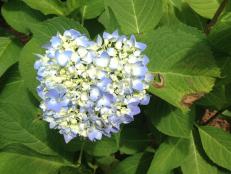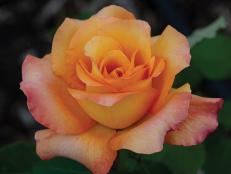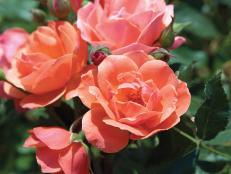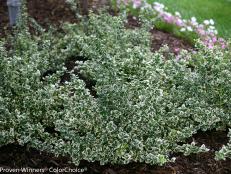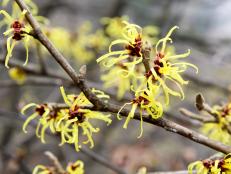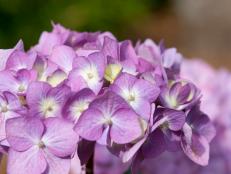Preventing Rose Diseases
Many popular roses are unfortunately susceptible to fungal diseases. Follow these steps to keep rose plants healthy and vigorous.

Image courtesy of Felicia Feaster
Tools and Materials
- pruners
- rose gloves
- rose fertilizer
- preventive sprays such as horticultural oil and lime sulfur
- drip irrigation (optional)
Step 1: Plant Disease-Resistant Varieties
Some roses are very susceptible to black spot, mildew and rust; others are virtually immune, and many fall somewhere between. So the first line of defense is to select and plant only disease-resistant varieties or roses. Where you live makes a difference: a variety that is disease-resistant in one location may be disease-prone in another, so choose accordingly. Many reference books, catalogs and websites include that information.
Step 2: Grow Healthy Plants
Plant roses in full sun in rich, well-drained soil. Soil pH is ideally between 5.8 and 6.2. If the pH is lower, add limestone; if it's higher, add sulfur. Space plants about 3 feet apart to allow good air circulation, and mulch roots in summer to help maintain even soil moisture and to prevent competition from weeds.
Step 3: Water Regularly
Generally, you want water to reach everywhere within the plant's root zone, which may be as deep as 18 inches and as wide as the crown of the plant. Get to know your soil and how water penetrates and travels within it. If the soil around your roses is dry to a depth of 4 inches, you should definitely water, but it's best not to let it get that dry. Also be sure to water roots, not leaves. Wet leaves encourage some fungi, so avoid wetting them unless you are washing off dust or aphid infestations with a hose. Drip irrigation is better for watering roses than sprinklers.
Step 4: Fertilize Correctly
Rose plants that are either under- or overfed will be more susceptible to problems. One simple method is to buy a fertilizer packaged for roses and to follow the label directions.
Step 5: Prune Correctly
Different kinds of roses need different kinds of pruning. Most 3- to 5-foot-tall rose plants need one annual pruning in early spring. At that time, remove any dead branches or twigs, as well as branches that crowd the center of the plant. Prune so that the pruned plant has a V or vase shape.

Step 6: Inspect Leaves
Check roses regularly and inspect leaves for signs of disease. It's best to wait until the leaves are dry, usually midmorning through afternoon, since you can unwittingly spread disease by touching wet plants. If you notice signs of disease, remove affected leaves and apply a preventive spray as directed on product label.
Step 7: Practice Preventive Maintenance
In the fall, remove all fallen leaves on the ground below the plants and dispose of them. In late winter or early spring, prune plants and apply horticultural oil to smother disease organisms that may have overwintered on branches. Spread a fresh layer of mulch to cover any disease spores that might be on the surface of the old mulch.
Step 8: Combat Black Spot
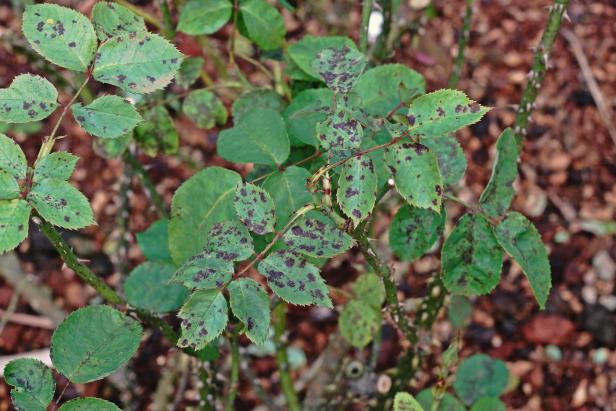
Shutterstock: Lertwit Sasipreyajun
Black spot causes black spots on leaves and stems. To control black spot, remove all winter prunings, a common source of reinfection. In early spring before growth begins, spray a combination of dormant oil and lime sulfur.
Step 9: Treat Mildew
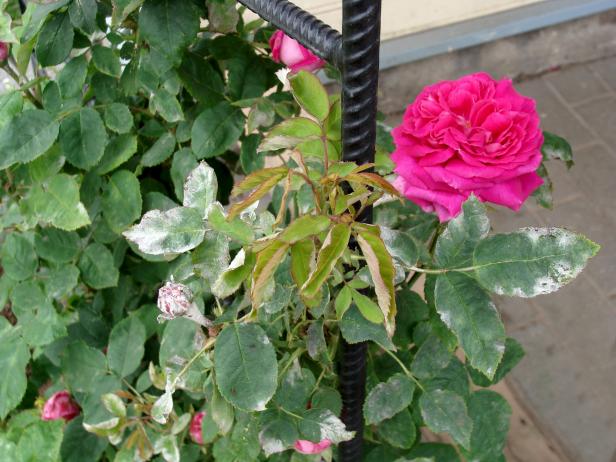
Shutterstock: Grandpa
Powdery mildew causes a grayish white fuzz on new leaves and flower buds. It spreads on dry leaves, usually during periods of low rainfall and warm, humid nights. Use a spray containing potassium bicarbonate -- basically baking soda but in a form that is more plant friendly. You can make your own powdery mildew spray by combining 3 teaspoons baking soda with 2 tablespoons highly refined summer oil and 1 gallon of water. Spray every 10 days to two weeks. Another kind of mildew, downy mildew, causes round dark purple spots with yellow edges. It's more serious than powdery mildew but less common. It needs moisture to spread, so control it by watering only in early morning.
Step 10: Watch for Rust
Rust causes rust-colored spots on leaf undersides and is most common during periods of warm days and cool nights.







